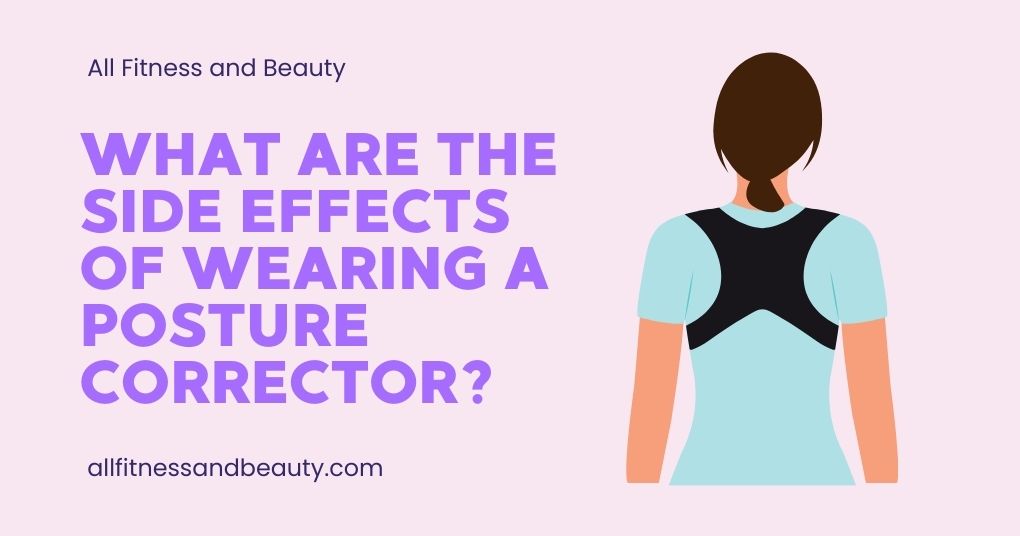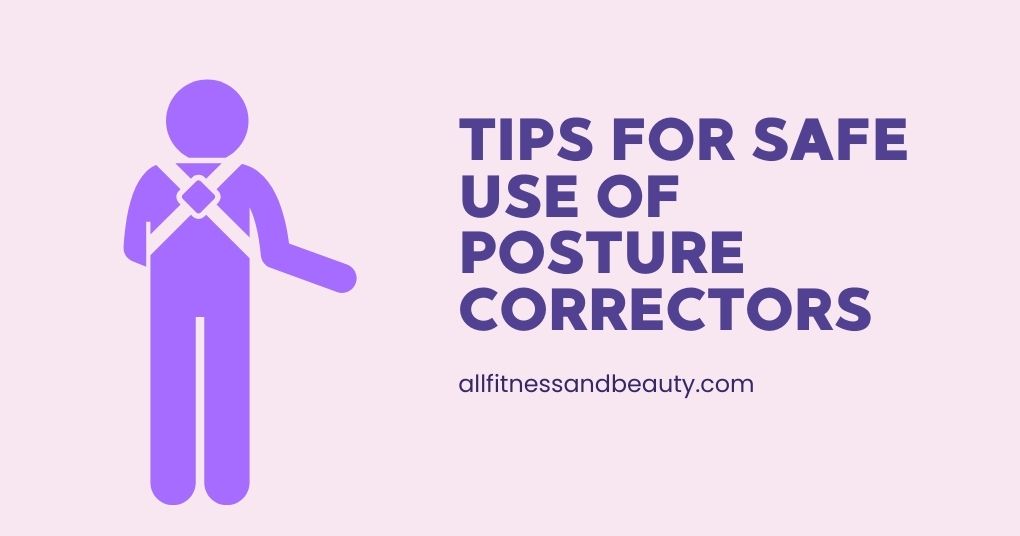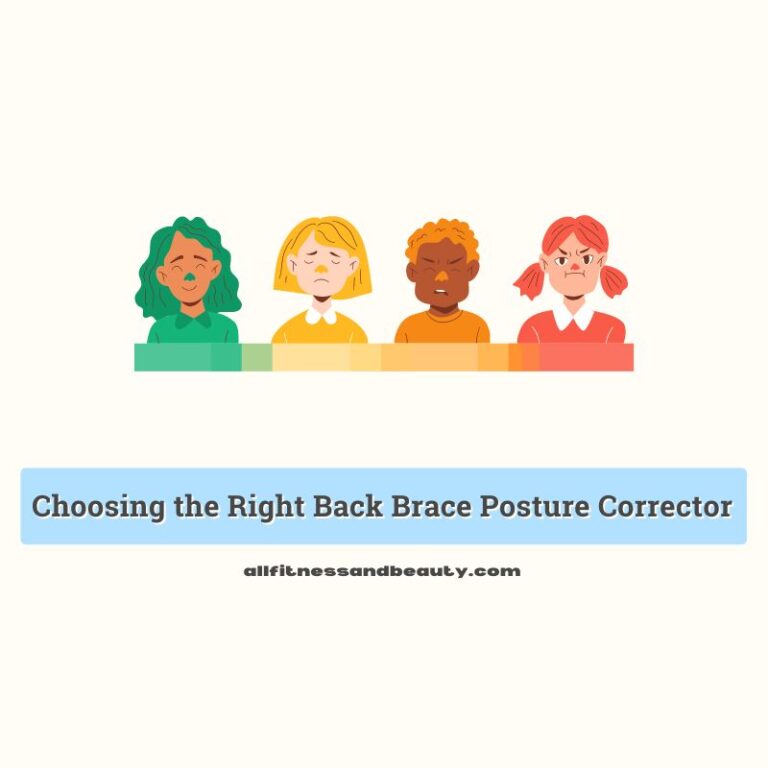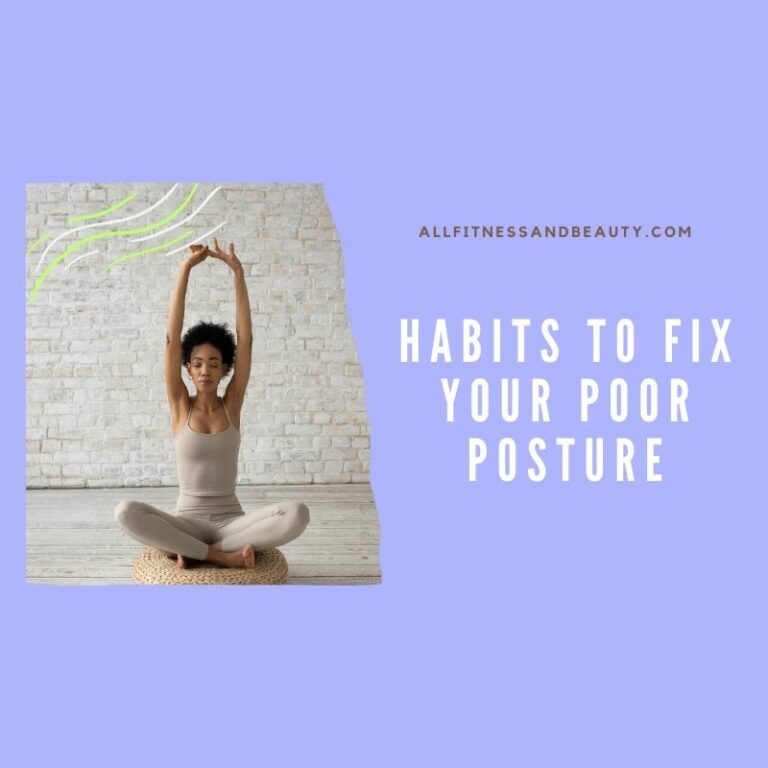What Do You Need to Know About Posture Corrector and Its Side Effects?

Maintaining a good posture is essential for overall health and well-being. With increasing hours spent sitting at desks and using electronic devices, poor posture has become a common issue. To combat this, many people are using posture correctors. They are devices designed to support the back and shoulders. These correctors encourage better alignment. Even though they can offer benefits, it is important to be aware of posture corrector side effects.
What are the Side Effects of Posture Corrector?
Before we talk about its side effects, let us first understand what posture correctors are. As mentioned, they are devices that can help align the spine, shoulders, and neck. You can wear them as a back brace to provide support to your upper and lower back.
There are also posture correctors that you can wear as a shoulder strap. They can pull the shoulders back to prevent slouching.
Another type is the electronic one (my favorite). It vibrates or beeps when poor posture is detected.
Whatever form of corrector you choose to wear, you should wear it for a certain period. In that way, you can develop muscle memory for proper posture.
Now, let’s talk about the side effects.
Muscle Dependency
One of the primary issues with prolonged use of posture correctors is muscle dependency. When the device is worn for extended periods, the muscles responsible for maintaining posture may become lazy and reliant on the support.
It can lead to muscle weakness and reduced effectiveness of the posture corrector over time.
Discomfort and Skin Irritation
Wearing it for long durations can cause discomfort and skin irritation. The straps and materials may rub against the skin, leading to chafing, redness, or even sores. This is particularly true if the corrector is not fitted properly or if the material is not breathable.
But this does not happen often when you use a corrector that vibrates.
Reduced Range of Motion
Most posture correctors can restrict movement. This is especially true if they are too tight or rigid. This reduced range of motion can make everyday activities more challenging and may lead to stiffness in the shoulders and back.
Over time, this can result in decreased flexibility and mobility.
Incorrect Use Leading to Poor Posture
Ironically, using a posture corrector incorrectly can lead to poor posture. If you do not adjust it properly, it may force your body into unnatural positions. It will cause strain on the muscles and joints. This can exacerbate existing posture problems, rather than correcting them.
Temporary Relief without Long-term Benefits
Posture correctors can provide immediate relief from poor posture. However, they are not a cure-all solution. That’s why it is pertinent that you wear it and incorporate exercises.
But make sure that you choose to exercise that targets back strengthening and your core muscles. In that way, you will obtain permanent benefits as they can address the root cause of poor posture.
Tips for Safe Use of Posture Correctors

Limit Wear Time
To avoid muscle dependency and discomfort, you should limit the time you wear a posture corrector. You may start with up to 30 minutes a day. Then, gradually increase the duration as needed.
You must use it as a training aid, instead of a permanent solution.
Choose the Right Fit
Another thing to consider when wearing a posture corrector is the fit. Make sure that it fits properly. It must be made from comfortable, breathable materials.
Some correctors have adjustable straps that can help customize the fit to your body. It can reduce the risk of skin irritation and discomfort.
Combine with Exercises
As mentioned, you should not just rely on posture corrector to correct your posture. Instead, you should incorporate it with strengthening exercises that target the muscles at the back, core, and shoulder. This will help promote natural posture correction.
You may do yoga, pilates, and strength training. They are truly beneficial in your quest to correct your poor posture.
Monitor Your Body
You should pay attention to how your body responds to the corrector. If you experience increased discomfort, for instance, you should discontinue use. And make sure to consult a healthcare professional.
Helpful Tools to Improve Posture
Posture correctors are indeed helpful in improving your poor posture. But make sure to heed the tips above to avoid posture corrector side effects.
Shop our sale in posture correctors today. Visit our online shop to know more.




Leave a comment